Tesla’s Autopilot Under Siege: The Rise of "Cheater Devices" in China
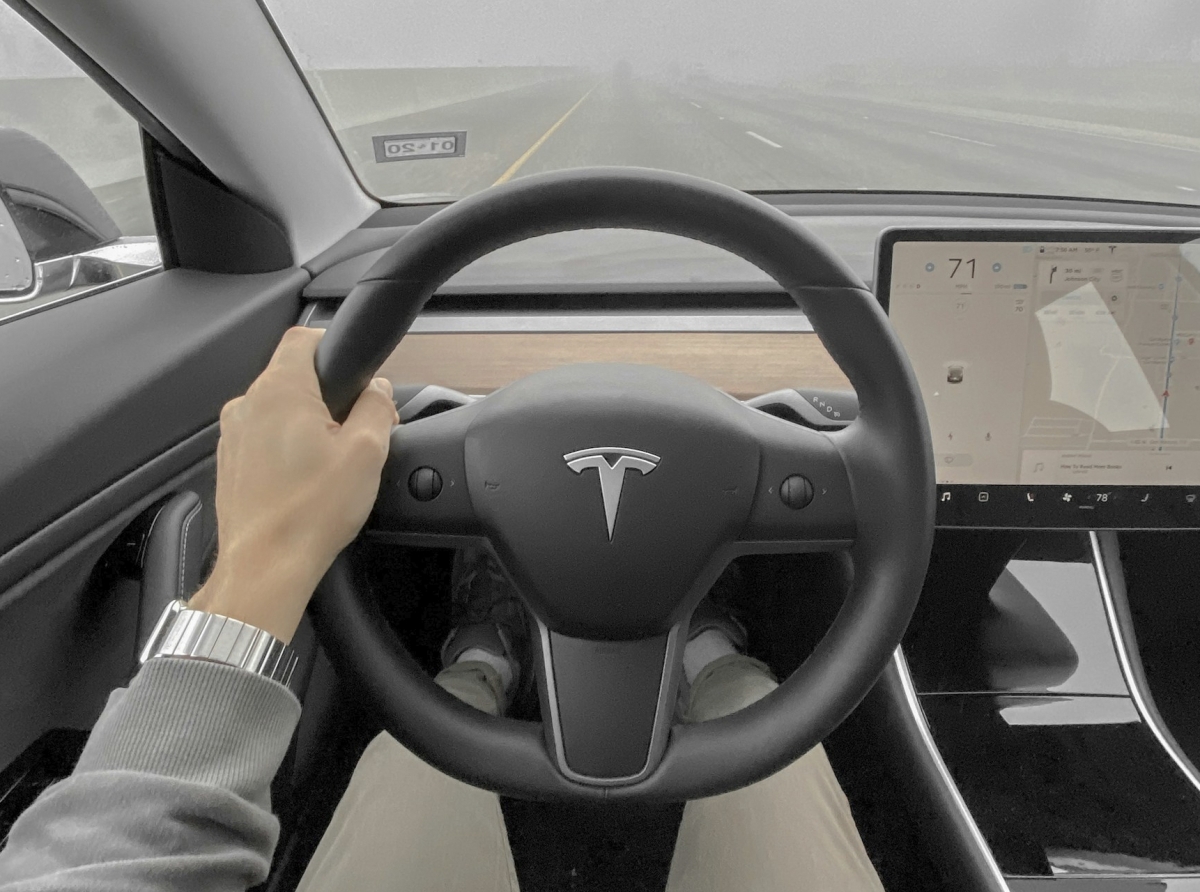
Tesla’s Autopilot Under Siege: The Rise of "Cheater Devices" in China
In a twist of ingenuity and defiance, Chinese drivers have found a way to bypass Tesla’s safety mechanisms designed to ensure human oversight during Autopilot operation.
While Tesla has invested heavily in systems to keep drivers engaged—through persistent alerts, mandatory steering wheel contact, and even automatic deceleration when ignored—these efforts have been undermined by cleverly engineered devices that trick the car into believing the driver is still in control.
While Tesla has invested heavily in systems to keep drivers engaged—through persistent alerts, mandatory steering wheel contact, and even automatic deceleration when ignored—these efforts have been undermined by cleverly engineered devices that trick the car into believing the driver is still in control.
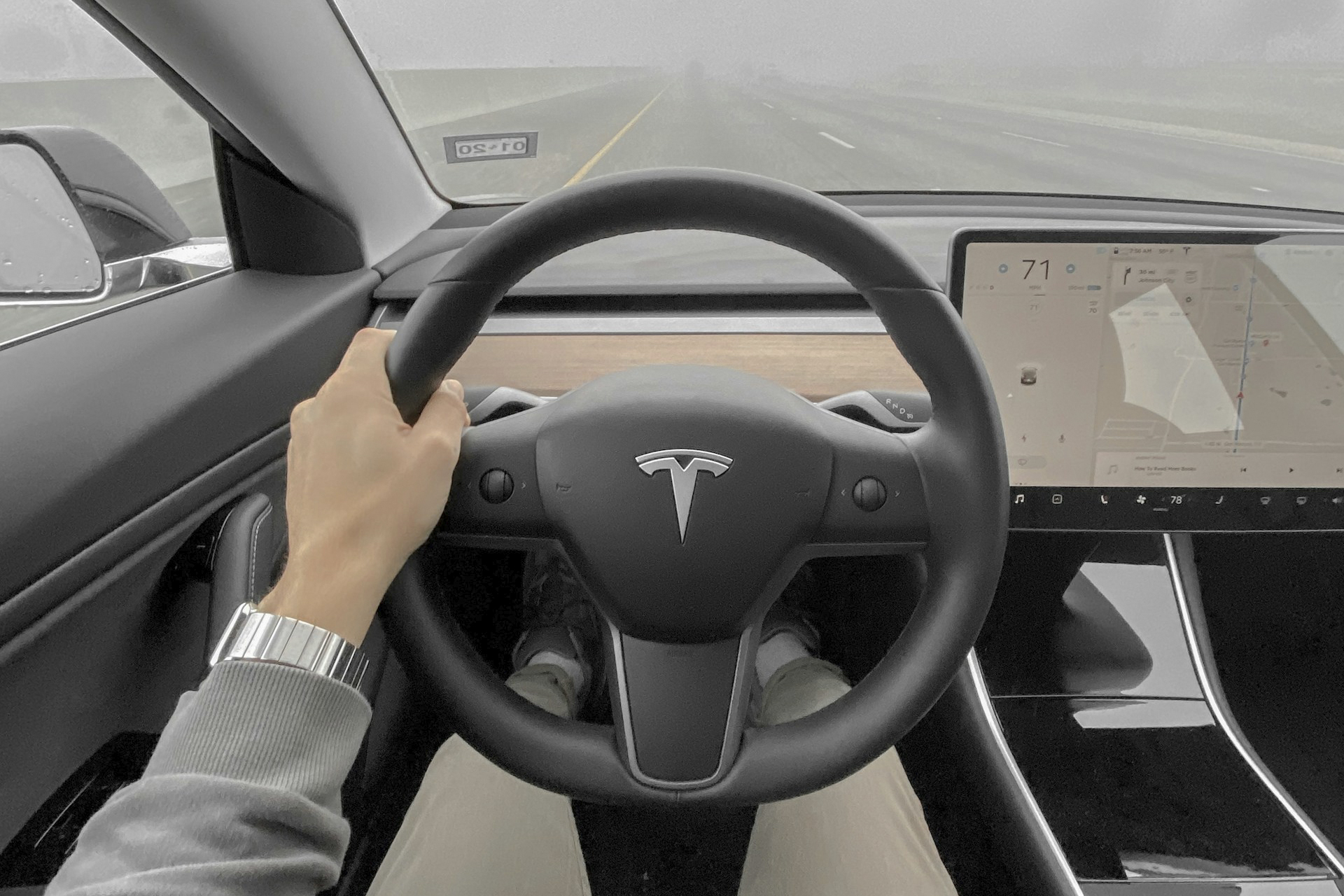
Tesla’s Autopilot Under Siege: The Rise of "Cheater Devices" in China
The Evolution of Tesla’s Driver Monitoring Systems
Tesla’s journey to enforce driver engagement has been a constant battle against human complacency. Initially, the company relied on torque sensors in the steering wheel to detect whether a driver was holding it.If no input was detected, the system would issue visual and auditory warnings, eventually slowing the vehicle to a stop and activating hazard lights. This approach, however, quickly inspired creative workarounds. Early adopters began using makeshift weights, such as water bottles or phone holders, wedged between the spokes of the steering wheel to simulate resistance.
As these methods gained popularity—sometimes with reckless abandon, like drivers climbing into the backseat while their cars cruised autonomously—Tesla adapted. The company shifted its focus to cabin-facing cameras, analyzing the driver’s posture and gestures to ensure attentiveness. Despite this technological leap, the steering wheel sensors remained a secondary layer of monitoring, albeit less critical than before.
The Rise of Electronic "Cheater Devices"
In China, where advancements in autonomous driving technology are rapidly outpacing regulatory frameworks, a new breed of electronic gadgets has emerged to circumvent Tesla’s safeguards. These devices, available for around $140 on popular e-commerce platforms, are essentially small circuit boards connected via cables under the dashboard. Once installed, they feed false signals to the Autopilot system, convincing it that the driver is maintaining contact with the steering wheel—even if they’re not.The simplicity of these devices is alarming. Installation requires no specialized tools or technical expertise, making them accessible to virtually any Tesla owner. For many drivers, the allure of hands-free driving outweighs concerns about safety or legality. While Chinese law technically prohibits prolonged disengagement from the steering wheel, enforcement remains lax, allowing such practices to proliferate.
Risks and Consequences
Tesla has taken a firm stance against the use of these "cheater devices." Not only does the company condemn their application, but it also voids warranties for vehicles equipped with them. Furthermore, Tesla warns users of the potential dangers, citing incidents where compromised systems led to malfunctions. One notable case involved a Chinese Tesla owner who experienced two separate system failures within two weeks after installing a cheater device. The second incident left his vehicle immobilized, requiring a costly $560 repair at a Tesla service center.Despite these warnings, the demand for these devices persists. For some drivers, the convenience of hands-free operation seems worth the risk, particularly in traffic-heavy urban environments where stop-and-go driving can be tedious. However, the consequences of relying on such hacks extend beyond individual liability—they pose significant risks to public safety.
Tesla’s Countermove: Supervised Full Self-Driving (FSD)
Amid growing concerns over misuse of Autopilot, Tesla has announced the rollout of its Full Self-Driving (FSD) software in China. Branded as “Supervised FSD,” the feature emphasizes continuous human oversight, aligning with regulations and safety standards. While FSD represents a step closer to true autonomy, the “Supervised” label underscores Tesla’s acknowledgment that fully driverless operation remains a distant goal.
This move aims to strike a balance between innovation and responsibility. By enhancing driver-assistance capabilities while reinforcing the need for human intervention, Tesla hopes to curb reckless behavior and restore trust in its technology. However, the proliferation of cheater devices highlights a broader challenge: how to prevent users from exploiting advanced systems in ways that compromise safety.
Ultimately, the solution lies not only in refining technology but also in fostering a culture of responsible usage. Stricter enforcement of regulations, combined with educational campaigns about the risks of disengaging from driving tasks, could help mitigate the misuse of driver-assistance systems. Until then, the cat-and-mouse game between manufacturers and tech-savvy drivers will likely continue.
For now, Tesla owners in China face a choice: embrace the cutting-edge capabilities of Supervised FSD responsibly or risk jeopardizing their safety—and their warranty—with unauthorized modifications.
A Broader Reflection on Human Behavior and Technology
The phenomenon of cheater devices reflects a fundamental tension between technological progress and human nature. As automakers push the boundaries of autonomy, they must contend with drivers eager to test—and sometimes abuse—the limits of these systems. While companies like Tesla strive to create foolproof safeguards, the ingenuity of users often proves equally formidable.Ultimately, the solution lies not only in refining technology but also in fostering a culture of responsible usage. Stricter enforcement of regulations, combined with educational campaigns about the risks of disengaging from driving tasks, could help mitigate the misuse of driver-assistance systems. Until then, the cat-and-mouse game between manufacturers and tech-savvy drivers will likely continue.
For now, Tesla owners in China face a choice: embrace the cutting-edge capabilities of Supervised FSD responsibly or risk jeopardizing their safety—and their warranty—with unauthorized modifications.

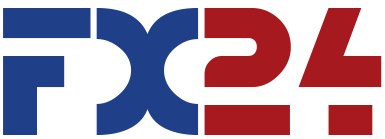

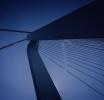




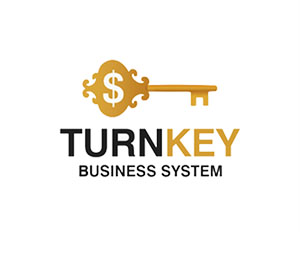
Report
My comments